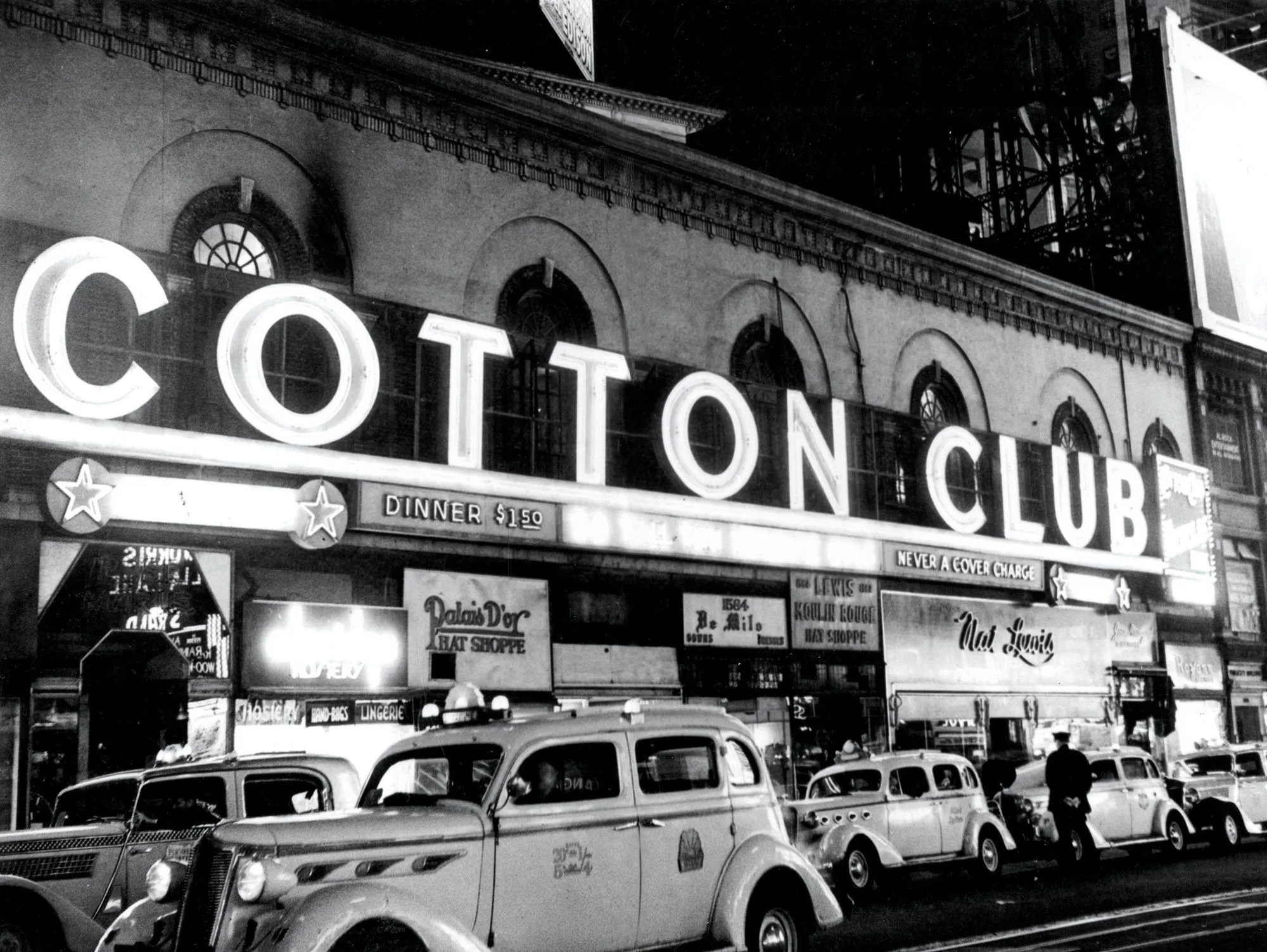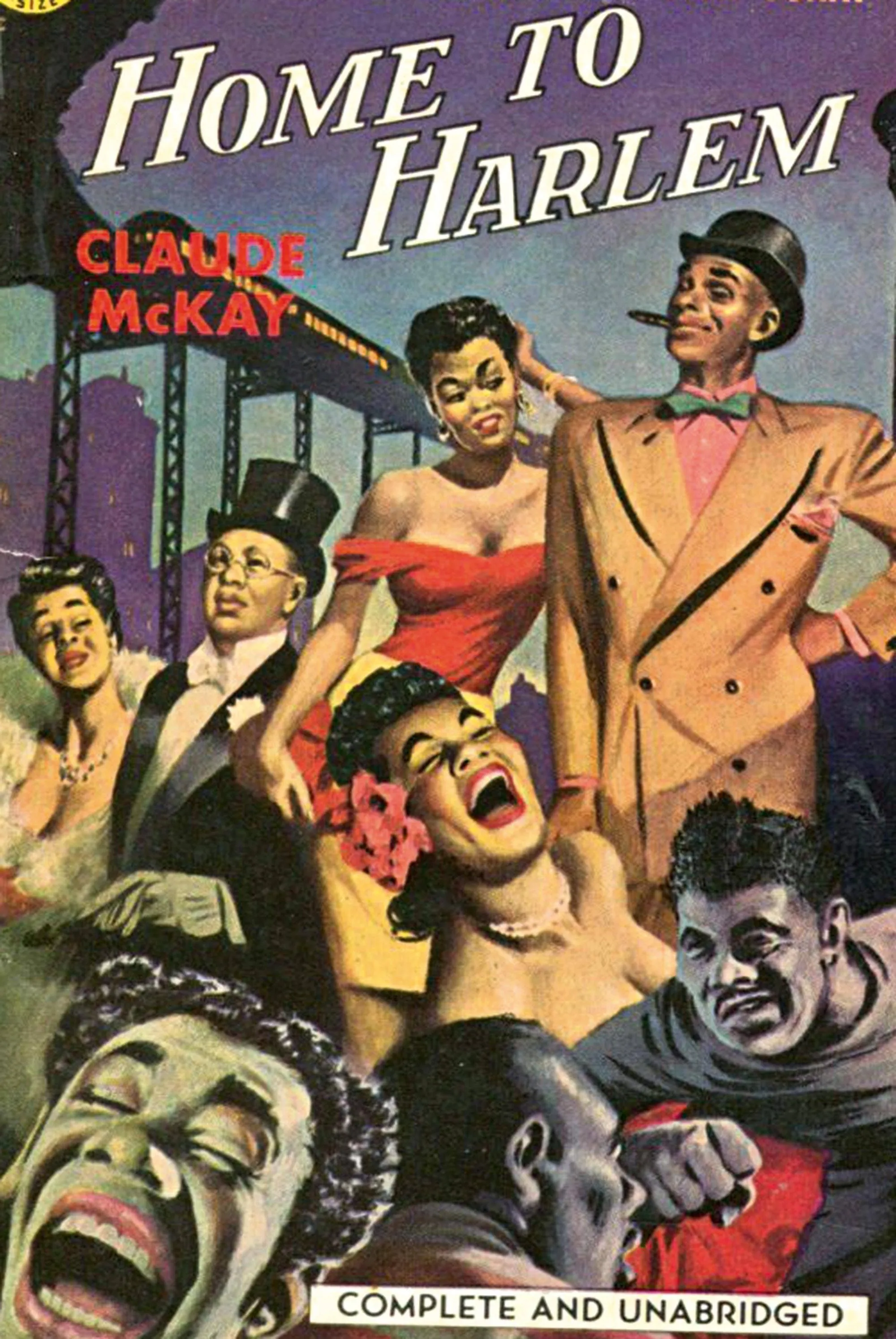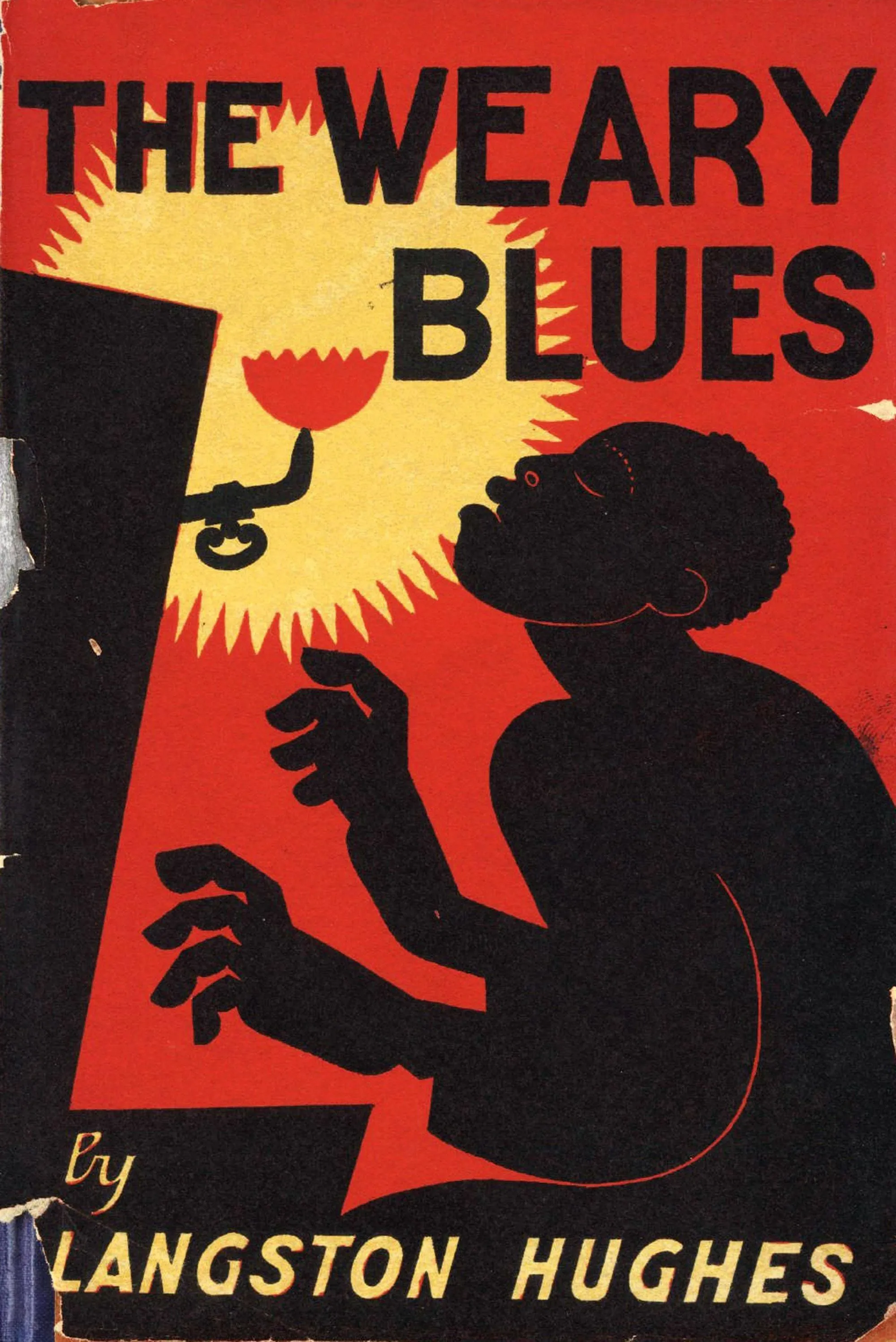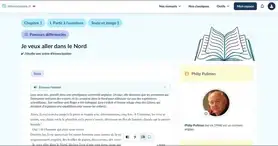Ressource affichée de l'autre côté.
Faites défiler pour voir la suite.
Faites défiler pour voir la suite.
In England, in the 1920s, people talked about “hot dance music” and not jazz. Jazz was so widespread that it also became popular in New Zealand at the same period! Do you know about Harlem and the Harlem Renaissance?
Ressource affichée de l'autre côté.
Faites défiler pour voir la suite.
Faites défiler pour voir la suite.
1
That was Harlem!
Ressource affichée de l'autre côté.
Faites défiler pour voir la suite.
Faites défiler pour voir la suite.
Activities




The Cotton Club, Harlem, New York, 1930s.
1. Describe the documents.
2. Imagine what the Cotton Club was.
3. Identify clues on .
Ressource affichée de l'autre côté.
Faites défiler pour voir la suite.
Faites défiler pour voir la suite.
Ressource affichée de l'autre côté.
Faites défiler pour voir la suite.
Faites défiler pour voir la suite.
2
A flourishing time
Ressource affichée de l'autre côté.
Faites défiler pour voir la suite.
Faites défiler pour voir la suite.
Activities


Claude McKay, Home to Harlem (book cover), 1928.
A flourishing time
1. of what you might hear in the document.
2. Listen. What was Harlem like at that time?
3. Pick out art styles and artists' names.
4. According to the expert, what was the purpose of those artists?
5.
Tip
In the 1920s, Harlem was considered as...
Bonus question
A form of art is missing. Which one?
Ressource affichée de l'autre côté.
Faites défiler pour voir la suite.
Faites défiler pour voir la suite.
Ressource affichée de l'autre côté.
Faites défiler pour voir la suite.
Faites défiler pour voir la suite.
3
The Weary Blues
Ressource affichée de l'autre côté.
Faites défiler pour voir la suite.
Faites défiler pour voir la suite.
Activities
Droning a drowsy syncopated tune,
Rocking back and forth to a mellow croon,
I heard a Negro play.
Down on Lenox Avenue the other night
By the pale dull pallor of an old gas light
He did a lazy sway ....
He did a lazy sway ....
To the tune o' those Weary Blues.
With his ebony hands on each ivory key
He made that poor piano moan with melody.
O Blues!
Swaying to and fro on his rickety stool
He played that sad raggy tune like a musical fool.
Sweet Blues!
Coming from a black man's soul.
Rocking back and forth to a mellow croon,
I heard a Negro play.
Down on Lenox Avenue the other night
By the pale dull pallor of an old gas light
He did a lazy sway ....
He did a lazy sway ....
To the tune o' those Weary Blues.
With his ebony hands on each ivory key
He made that poor piano moan with melody.
O Blues!
Swaying to and fro on his rickety stool
He played that sad raggy tune like a musical fool.
Sweet Blues!
Coming from a black man's soul.
The weary Blues


1. Read carefully. What type of document is it? What makes you think so?
2. Pick out words you know and them.
3.
4. Listen to the poem. Can you feel the music in the text? Explain.
5. Describe the relationship between the artist and his instrument. Use causative structures.
Group work
Pick out words associated with blues music. Then, define it.
Ressource affichée de l'autre côté.
Faites défiler pour voir la suite.
Faites défiler pour voir la suite.
Recite verses
Listen
Droning a drowsy syncopated tune / Rocking back and forth to a mellow croon
Sing
With his ebony hands on each ivory key / He made that poor piano moan with melody / O Blues!
Ressource affichée de l'autre côté.
Faites défiler pour voir la suite.
Faites défiler pour voir la suite.
Causative structures
Observe: He made that poor piano moan with melody. My mother had me learn many poems.
Think: Spot the two verbs in each sentence. Who does the action for verb 1? And for verb 2?
Practise: You're the boss. Force people to obey. Then, report: I made… / I had...
Ressource affichée de l'autre côté.
Faites défiler pour voir la suite.
Faites défiler pour voir la suite.
Use . New York City wants to pay tribute to an artist from the Harlem Renaissance. Choose one and defend him/her.
Ressource affichée de l'autre côté.
Faites défiler pour voir la suite.
Faites défiler pour voir la suite.
How far can you go?
A2
I can give my opinion about someone.A2+
I can also justify my views because I have arguments.Vers B1
I can use my cultural knowledge of the period to find a compromise.
Une erreur sur la page ? Une idée à proposer ?
Nos manuels sont collaboratifs, n'hésitez pas à nous en faire part.
j'ai une idée !
Oups, une coquille


